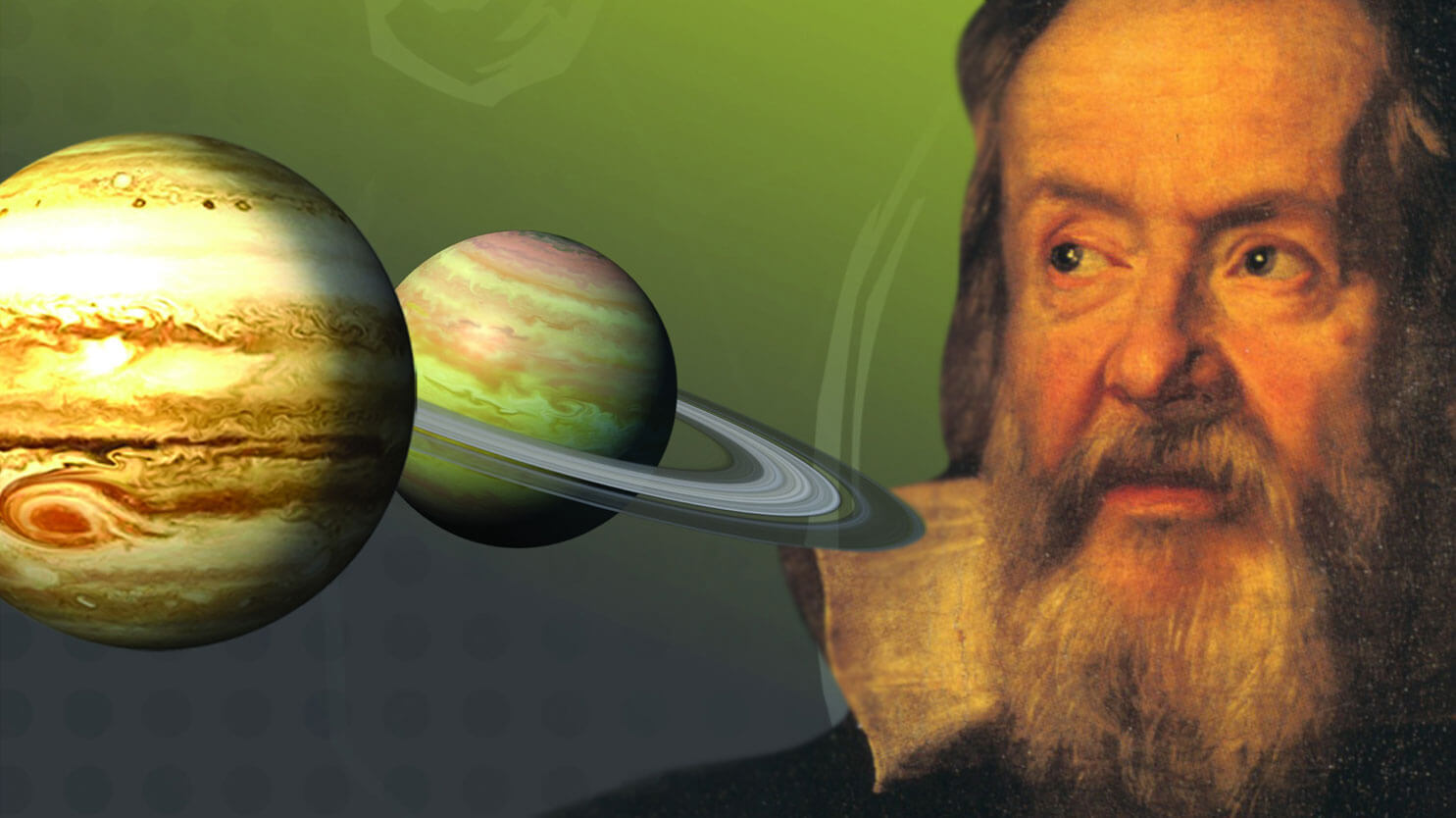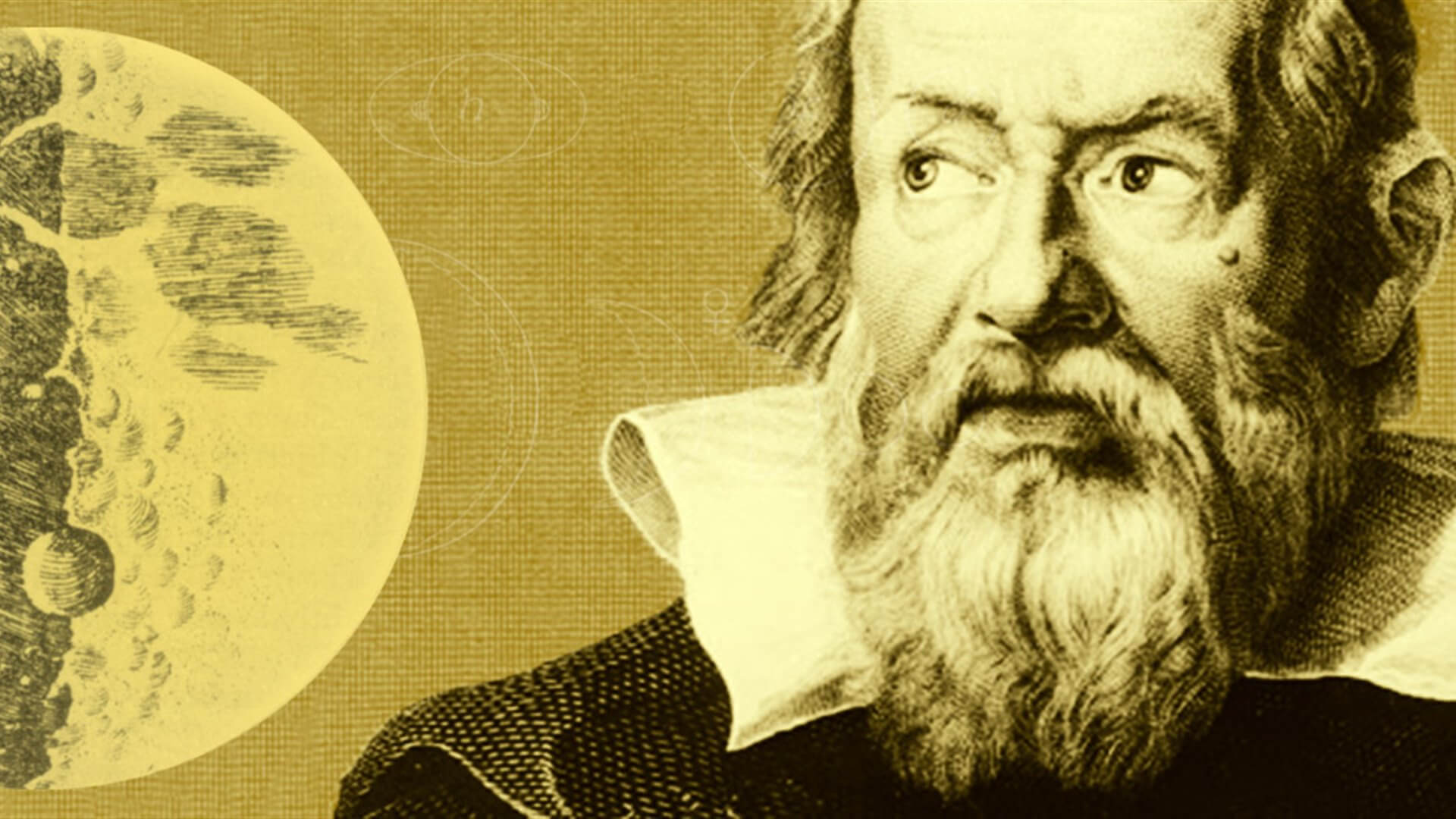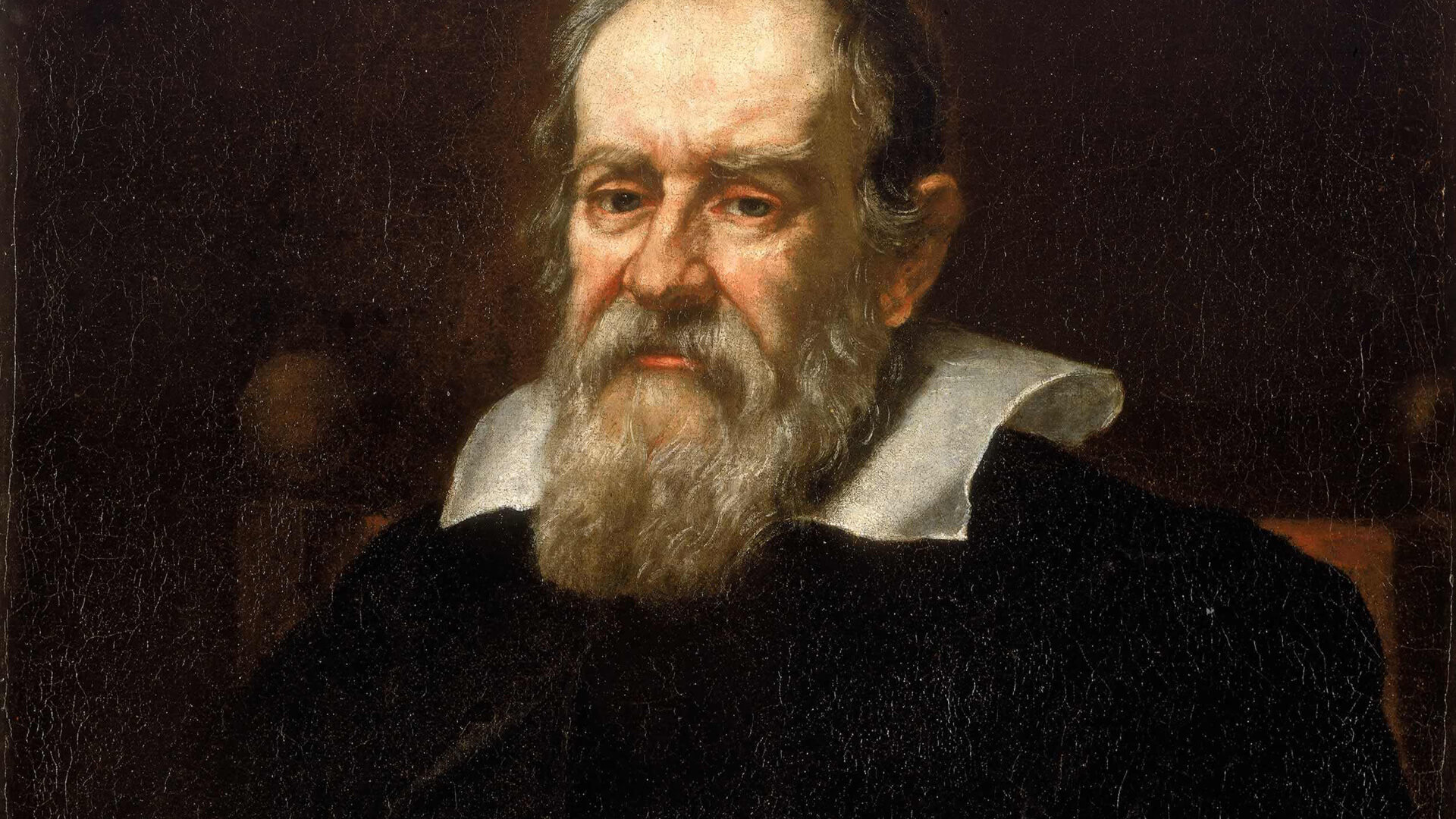Explore the life and work of Galileo Galilei, one of the most important scientists in history. This article highlights 10 key characteristics that defined Galileo’s legacy, including his emphasis on experimentation, his contributions to astronomy and physics, and his inventions that revolutionized scientific inquiry.
Galileo Galilei was an Italian scientist who lived in the sixteenth and seventeenth centuries (1564 to 1642). He was an astronomer, philosopher, physicist, mathematician and engineer.
He invented scientific devices such as the telescope and was the first scientist to obtain experimental evidence that the Earth revolves around the Sun. His method based on experimentation and the measurement of phenomena are the basis of modern science. His discoveries in physics explain the behavior of bodies as we understand them today.

Galileo Galilei is, to this day, a center of controversy for having been forced by the Church to deny its own theories.
Characteristics Of Galileo Galilei
1. Telescope
Galileo Galilei is perhaps best known for his contributions to the field of astronomy, which he revolutionized through the use of the telescope. In 1609, Galileo heard about the invention of the telescope in the Netherlands and quickly built his own version of the device. He then turned it towards the heavens and began to make a series of groundbreaking observations.
Galileo’s telescope allowed him to see celestial objects in unprecedented detail, including the craters on the moon, the phases of Venus, and the moons of Jupiter. These observations provided clear evidence for the Copernican model of the solar system, which placed the sun at the center of the universe, rather than the Earth.
Galileo’s work with the telescope was not without controversy, however. His findings challenged the prevailing views of the Catholic Church, which at the time held that the Earth was the center of the universe. In 1616, Galileo was warned by the church to stop promoting the Copernican model, and in 1633, he was put on trial and found guilty of heresy. He was forced to recant his views and spent the rest of his life under house arrest.
Despite these challenges, Galileo’s use of the telescope revolutionized our understanding of the universe and paved the way for modern astronomy. His work inspired generations of scientists and helped to establish the scientific method as the foundation of modern science.
2. Laws of movement
Galileo Galilei is often considered to be one of the forerunners of the laws of motion, as his work on the subject laid the foundation for Isaac Newton’s later development of the laws. Galileo’s contributions to the study of motion were based on his experiments and observations of falling bodies.
Galileo’s work challenged the Aristotelian view of motion, which held that objects would fall at a speed proportional to their weight. Galileo’s experiments, however, demonstrated that all objects would fall at the same rate regardless of their weight. He also observed that the distance a falling object traveled was proportional to the square of the time it took to fall.
These observations led Galileo to formulate the principle of inertia, which is now considered to be the first law of motion. This principle states that an object will remain at rest or in uniform motion in a straight line unless acted upon by an external force. This idea was later developed by Newton into the first law of motion.
Galileo’s work on motion also laid the groundwork for the second law of motion, which states that the acceleration of an object is directly proportional to the force applied to it and inversely proportional to its mass. This law was later developed by Newton into a mathematical equation that relates force, mass, and acceleration.
Overall, Galileo’s contributions to the study of motion played a crucial role in the development of the laws of motion and helped to establish the scientific method as the foundation of modern science.
3. Invention of the pendulum
The pendulum is an object suspended by a thread from a fixed point. Galileo discovered isochronism:
The period of oscillation of a pendulum of a given length is independent of its amplitude (the maximum distance that the pendulum moves away from the equilibrium position.)
4. Other inventions and discoveries
He explained and applied the use of mathematics to describe, understand and anticipate natural phenomena.
He explained the resistance of materials and friction: he contradicted Aristotle, who had argued that the acceleration of falling bodies was proportional to his weight. Galileo showed that air acts as a brake (friction) and that therefore the speed of fall depends on the shape of the object and not on its weight.
He described the law of inertia and the law of forces, being the antecedent that Isaac Newton used to define Newton’s first and second law.
Law of pendular movement.
Law of accelerated movement.
Thermometer: the first device that fulfilled the same function as our current thermometers was the thermoscope, created by Galileo in 1606. It was the first device that allowed to measure and compare the level of heat and cold.

5. Copernicus revolution
The first scientist to propose the theory that planets and stars revolved around the sun was the Greek astronomer Aristarchus of Samos, in the third century BC, but his work was lost for centuries. Then, in the sixteenth century, Nicolaus Copernicus held the same theory from astronomical observations, which allowed us to calculate past and future positions of the stars. That is to say that the theory, which until now was a philosophical speculation, had scientific support for the first time.
The change of theory that involved moving from considering the Earth as the center of the universe to considering the Sun as the center, was called the Copernican Revolution.
Copernicus died in 1543, but from that moment the scientific thought was divided between Aristotelians, with the geocentric theory (the Earth as center), and Copernican, with the heliocentric theory (the sun as center). Galileo followed the Copernican theory.
Both the geocentric and the heliocentric theory are wrong, since only the Solar System (and not the entire universe) revolves around the Sun. However, Copernicus’ discoveries were correct with respect to the movement of the planets.
6. Heliocentric system
Galileo Galilei played a significant role in advancing the heliocentric model of the solar system, which placed the Sun at the center of the universe, rather than the Earth. In the early 1600s, Galileo used his telescope to make observations of the heavens and discovered several key pieces of evidence that supported the heliocentric model.
One of Galileo’s most famous discoveries was his observation of the phases of Venus. Through his telescope, he was able to see that Venus went through phases similar to those of the Moon, which provided evidence that Venus orbited the Sun, rather than the Earth. This observation strongly supported the heliocentric model proposed by Copernicus.
Galileo also observed the moons of Jupiter, which he referred to as the “Medicean stars” in honor of the Medici family, who were his patrons. Through his observations, he was able to establish that these four moons orbited Jupiter, rather than the Earth. This discovery provided further evidence for the heliocentric model and challenged the Aristotelian view of the universe, which held that all celestial bodies orbited the Earth.
Galileo’s observations of the heavens, combined with his advocacy for the heliocentric model, brought him into conflict with the Catholic Church, which at the time held that the Earth was the center of the universe. Galileo was eventually put on trial and forced to recant his views. Despite this setback, his work played a crucial role in advancing our understanding of the universe and paved the way for future astronomers to continue exploring and discovering new mysteries of the cosmos.
7. Sunspots.
Galileo Galilei was one of the first astronomers to observe and study sunspots, which are dark regions that appear on the surface of the Sun. In the early 17th century, Galileo used his telescope to make observations of the Sun and discovered that it was not a perfect, unchanging celestial body, as was commonly believed at the time.
Through his observations, Galileo was able to track the movements of sunspots across the surface of the Sun and study their behavior. He also observed that sunspots appeared to be darker than the surrounding areas of the Sun, suggesting that they were cooler. This observation challenged the prevailing Aristotelian view that the Sun was a perfect, unchanging celestial body and helped to establish the idea that the Sun was a dynamic, active object.
Galileo’s observations of sunspots were groundbreaking and paved the way for future astronomers to continue studying and understanding the Sun. Today, sunspots are recognized as a natural feature of the Sun and are closely monitored by scientists as they can have a significant impact on the Earth’s climate and weather patterns.
8. Other discoveries in astronomy
In addition to the telescope, Galileo Galilei allowed the advance of astronomy thanks to several discoveries:
He discovered the satellites of Jupiter.
First observations of sunspots in 1610.
First observations of the surface of the Moon: thanks to its telescope that increased the observed object twenty times, it discovers that the Moon is not a perfect sphere (as the Aristotelian theory points out).
Discover the rings of Saturn (although it does not identify them as rings but as appendices) in 1610.
Discover the phases of Venus in 1610.
9. Experimental method
Galileo used the experimental method, which is the basis of modern science. The experimental method is based on the observation of the phenomena, the execution of experiments and the control of the variables. This was the way in which he was able to develop, for example, his observations on the fall of bodies: by throwing objects from the tower of Pisa.

9. Conflict with the Church and Abjuration
His conflicts with the Church were due to his theories coming into contradiction with the Bible or with the statements of Aristotle (philosopher of ancient Greece) to whom the Church considered the highest authority, after the Bible, on philosophical, physical issues and astronomical. In 1633, he was arrested and forced to abjure (deny the veracity) of his heliocentric theory.
10. Phrases of Galileo Galilei
Doubt is the mother of invention.
Measure what can be measured, and what does not, make it measurable.
Mathematics is the alphabet with which God has written the universe.
Where the senses fail us, reason must intervene.
“And yet, it moves.” Unconfirmed phrase that Galileo allegedly said then forced himself to affirm that the Earth does not revolve around the sun.